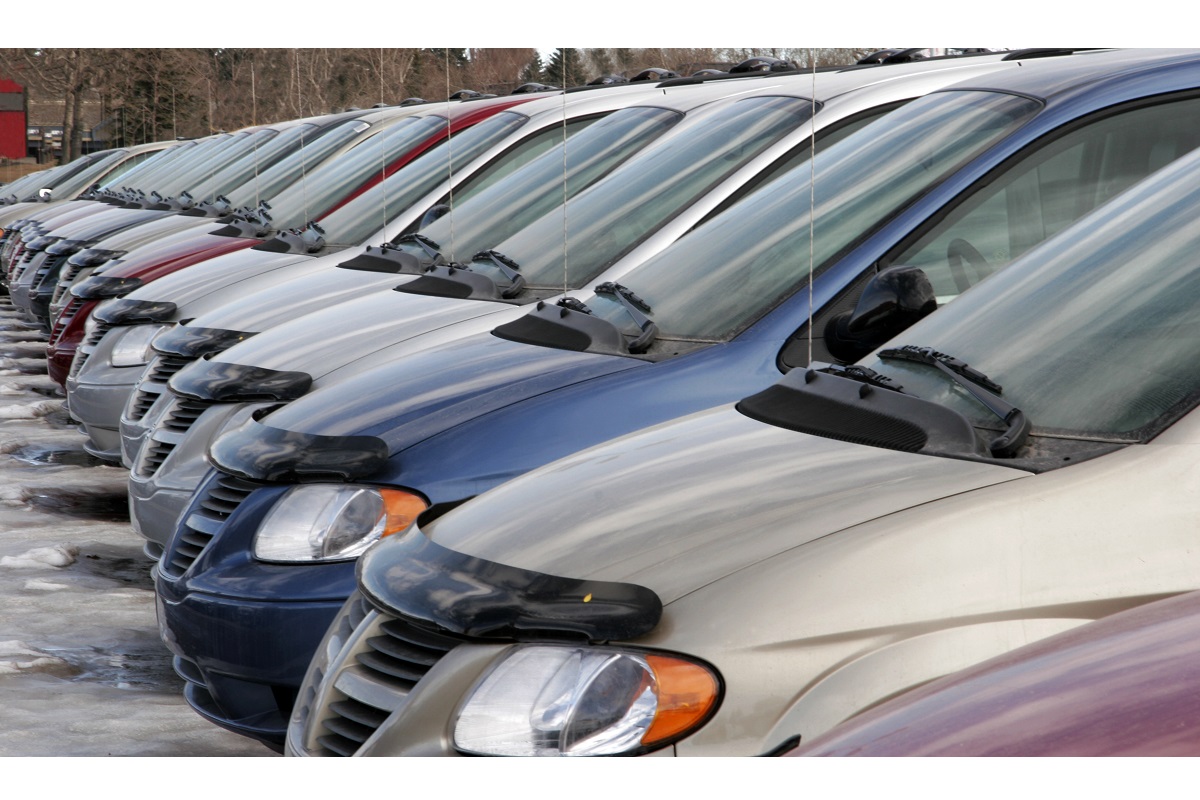India’s automobile retail sales spiked 13 per cent in February to 2.03 million units, compared to 1.79 million units in February 2023, the data released by the Federation of Automobile Dealers Associations (FADA) said.
The surge is on the back of enhanced vehicle availability, improved demand due to economic conditions, and the impact of marriage season.
Advertisement
Passenger Vehicles (PVs) saw a record-breaking February, with sales moving up by 12 per cent to 330,107 units as compared to 293,803 units in February last year.
Other categories, including two-wheelers, three-wheelers, tractors, and commercial vehicles, registered growth rates of 13 per cent, 24 per cent, 11 per cent, and 5 per cent respectively.
The two-wheeler sector growth was mainly due to the rural sector, premium model demand, and strong entry-level segment performance, with broader product availability and compelling offers enhancing product acceptance.
The data said that the factors like favourable marriage dates and improved economic conditions also contributed to this positive growth. During the month under review, two-wheeler sales were seen at 1.43 million, compared to 1.27 million during the same period last financial year.
However, the sector expects the upcoming Lok Sabha elections to play spoilsport in terms of sales due to potential deferred purchases across segments.
FADA president Manish Raj Singhania said, “The PV segment recorded a 12 per cent YoY growth, marking the highest February sales figures ever, driven by new product introductions and enhanced vehicle availability. Elevated inventory levels in the PV segment, remaining at 50-55 days, pose a significant concern, necessitating original equipment manufacturers to adjust production to reduce dealer carrying costs.”
As per the data, the commercial vehicle segment grew by 5 per cent, overcoming challenges through fleet purchases and school buses, strong sectoral demand, and improved financing, despite obstacles like cash flow shortages and election-related purchase deferrals, highlighting the sector’s resilience and gradual recovery.
The segment saw sales of 88,367 units during the month, as against 84,337 units during the same period last year.











